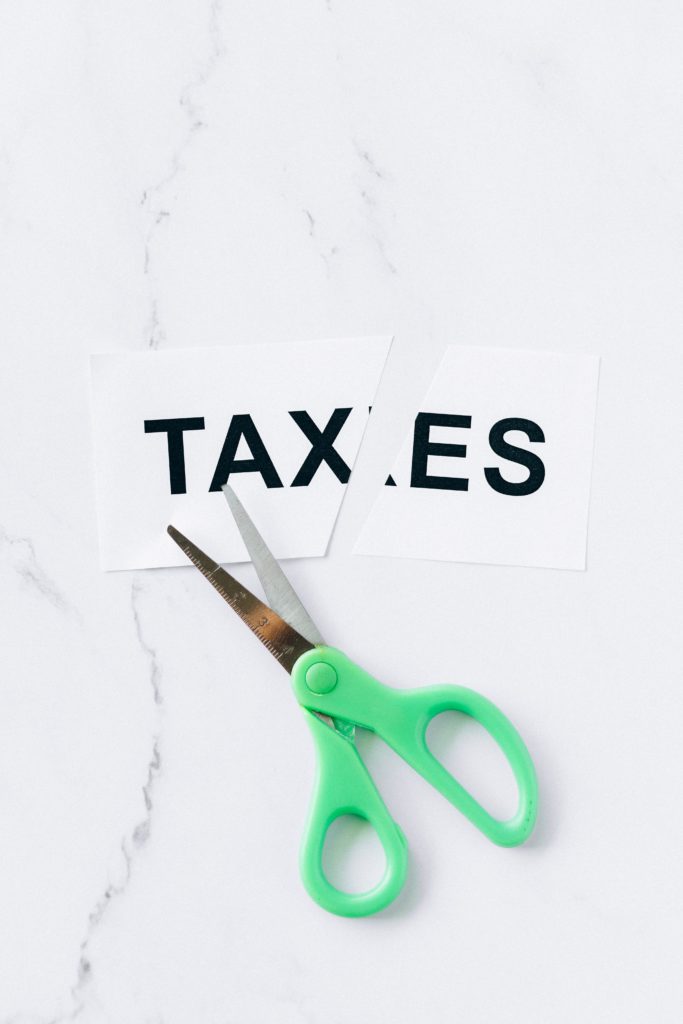BIG TAX CUT! THE NEW SUPER DEDUCTION
‘Bold and unprecedented’. That was the Chancellor’s description of the new 130% super deduction for expenditure on new qualifying plant and machinery announced in the Budget. The headlines were that for every pound invested, tax is cut by up to 25p.
But what are the terms and conditions, how does it sit alongside the usual rules on capital allowances – and is it the give-away it’s been made out to be?
First of all, it’s not available to every business. It’s targeted at companies, not unincorporated businesses. These will have to continue to look to the Annual Investment Allowance (AIA), with its temporarily extended higher £1 million limit for major capital spending up to 31 December 2021.
It’s temporary, lasting for two years. And it works by giving first year tax relief in the form of capital allowances for expenditure between 1 April 2021 and 31 March 2023. For assets that would normally qualify for 18% main rate writing down allowances, the super deduction gives first year relief of 130%. Assets normally qualifying for 6% special rate writing down allowances (such as integral features in buildings, like electrical and lighting systems) can qualify for a first year allowance of 50%. But this 50% allowance is likely to be relevant only to companies that have used their AIA. Unlike the AIA, there is no cap on eligible expenditure. The rate of the deduction will be apportioned for a business making eligible expenditure in an accounting period straddling 1 April 2023.
There are exclusions. Plant or machinery must be new, not used or second-hand. Expenditure incurred on contracts entered into before the Budget on 3 March 2021, does not qualify. The general exclusions in existing legislation relating to first year allowances apply. Expenditure on cars, for example, and assets for leasing are excluded. This latter point means commercial landlords may benefit less than the initial publicity for the proposals might have led them to expect. Rules on what happens when the assets are disposed of make the picture more complex. With disposal proceeds treated as a taxable balancing charge, these potentially clawback some of the previous benefits. It will be important to keep records of assets on which the super deduction is claimed so they can be correctly treated on sale.
Will it benefit your business? Not in every case. As it sits alongside other tax measures, it’s a finely balanced equation. It is designed to incentivise investment now, with the corporation tax rate at 19%. But with the planned increase in corporation tax from 1 April 2023, when the super deduction ends, the outlook for your business may change. The main rate of corporation tax is set to increase to 25% on profits over £250,000. Only companies with profits up to £50,000 will retain the 19% rate, with profits between £50,000 and £250,000 taxed on a sliding scale. Whether the super deduction significantly benefits your company will depend on the forecast level of capital expenditure, the type of asset, financing method, and your expected corporation tax rate.
With the AIA due to revert to £200,000 from 1 January 2022, and higher corporation tax rates in prospect, careful timing of major capital expenditure is more critical than ever. The new provisions on loss carry-back could also affect decision making. All in all, it’s a complex area, and the right decision for your business will be unique to your business. We should be delighted to advise further.













